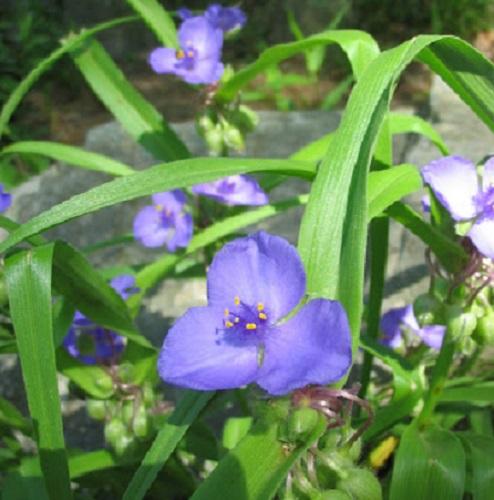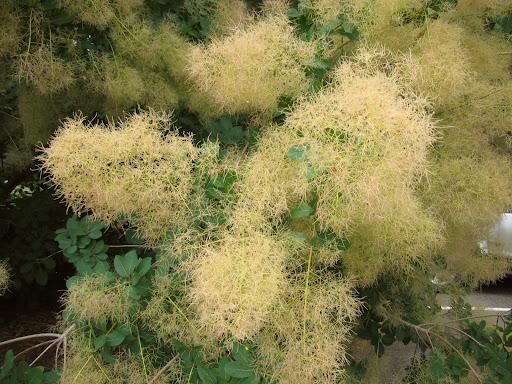Key points
- Oak lecanium scale (Parthenolecanium quercifex) is a native type of soft scale insect that can be difficult to manage. Their waxy body covering shields them from predators and certain pesticides. Read more about scale insect groups and biology on our Introduction to Scale Insects page.
- This is a common pest of oaks and can cause stunting and dieback when populations are high.
- Target monitoring and control efforts to the vulnerable crawler stage. Learn more about what to look for on Monitoring for Scale.
Appearance
- Mature female covers are hemispherical, brown, and up to ¼” (6 mm) in diameter.
- There are no males.
- Crawlers are pale yellow.
Common host plants
- Primarily oaks (Quercus) and chinkapin (Castanea pumila).
-
Possibly American persimmon (Diospyros virginiana), hickory (Carya), and American sycamore (Platanus occidentalis).
Where to Look
- In winter, both living juveniles and larger, dead females from a prior generation will be found on twigs.
- In summer, juveniles will feed on foliage alongside the veins.
- Trees under stress. Paved surfaces reflect heat and limit soil moisture, and trees exposed to this stress are more prone to damaging infestations of lecanium scale.
Use of pyrethroid-type insecticides, such as in aerial mosquito treatments, has been associated with outbreaks of lecanium scale due to its broad-spectrum harm to natural enemies.

Photo: Brian Kunkel, University of Delaware, Bugwood.org
Plant damage
- Crawler feeding on the foliage in summer usually causes no symptoms.
- Moderate to heavy infestations will produce honeydew, which can attract other insects (mainly flies, wasps, and ants) and support the growth of sooty mold.
- Heavy or prolonged infestations can cause stunted foliage and twig dieback, especially following maturation of the females in mid- to late spring.
Life Cycle
- There is 1 generation per year in Maryland.
- The crawler emergence period depends on temperature and can vary slightly from year to year. The approximate time to monitor for them is mid-June.
- They overwinter on the bark as juveniles.
Management
Refer to our general scale management recommendations for both chemical-based and pesticide-free options. When pesticides are warranted, a combination of dormant oil applications and the use of systemic or growth-regulating insecticides is the most effective approach. For large populations, scale suppression may require more than one year of intervention, and professional pesticide applicators will be needed to apply certain treatments. Mature trees should be evaluated by a certified arborist.
The brief crawler emergence period for this species means that monitoring and treatment may need to occur in a relatively limited timeframe. While crawlers can be treated with foliar-absorbed pesticides at any point during summer, these options are not as low-impact on other insects, nor are they practical for mature trees. If you do not wish to use pesticides and are not obtaining good control from manual removal efforts alone, remove and replace the infested plants.
Timing details for monitoring and pesticide use
Just before the expected emergence period, start monitoring for crawlers. Since weather trends can shift date ranges, a more reliable prediction of timing can be made using Growing Degree Days and Plant Phenological Indicators. Here is a refined estimate of egg hatch and the beginning of crawler emergence:
- 789 degree days
- After the peak flowering of Virginia Spiderwort (Tradescantia virginiana)
- Before the peak flowering of smokebush (Cotinus coggygria)


